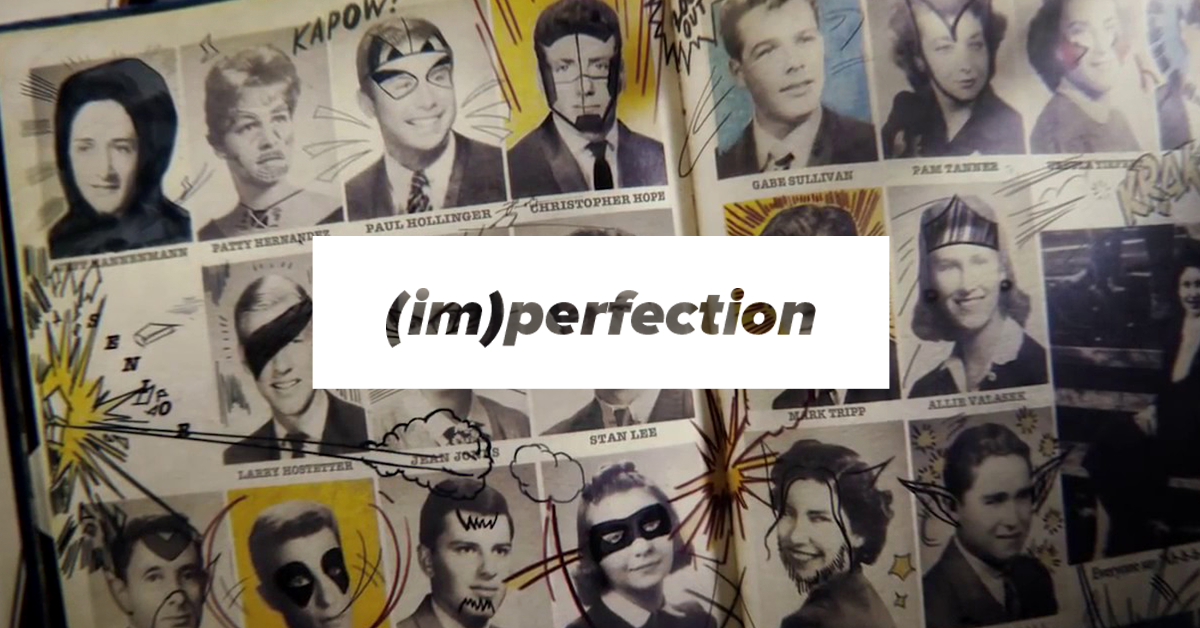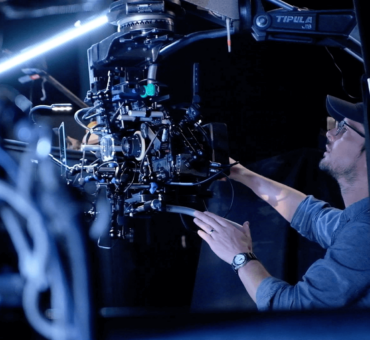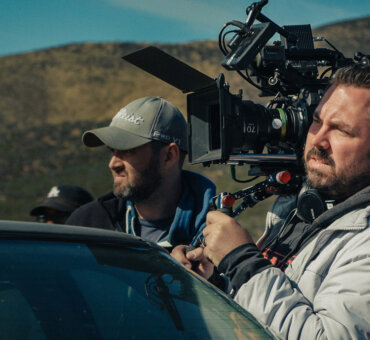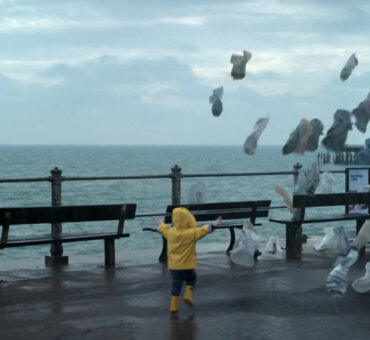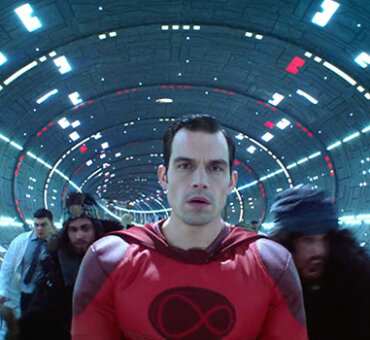For a guy who lives in the world of computer-generated images, Flame Artist Urs Furrer has a serious obsession with reality. “I’m always trying to find ways of doing things for real, if possible,” Urs told us. “And the reason for that is when things are real, they’re always a little bit imperfect…” This appreciation for reality and imperfection is more than just a craft guideline for Urs; it’s an aesthetic philosophy, one that guides not only the way he sees the world, but the way he re-creates it. “Imperfections are what’s beautiful about the world. … [Perfection] exists only inside of computers, which is why CG can be so easy to spot.”
We recently spoke with Urs about his job as a Flame Artist, his spectacular Honda Super Bowl commercial, and why imperfection is the secret to believable special effects.
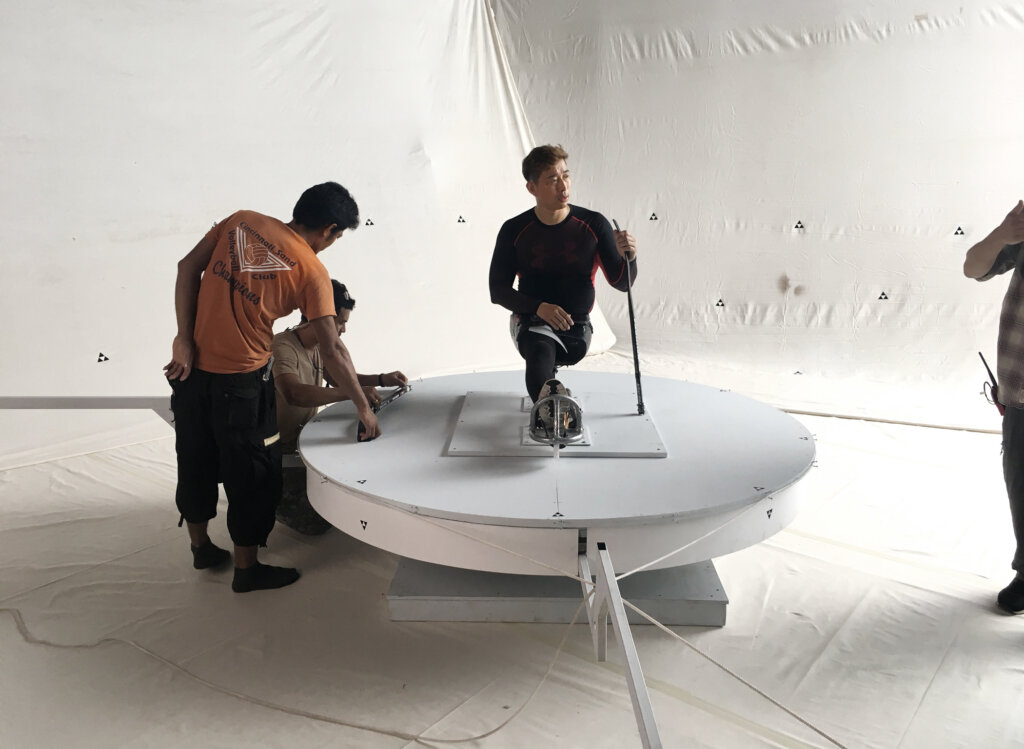
Can you describe the job of a Flame Artist?
A Flame Artist is essentially a compositor. We take all the elements that were filmed and all the elements that were generated, and we mesh it all together to create a finished vision. Flame Artists are unique. A lot of times you’re dealing with the big picture. You’re dealing with the creative side and the client side and the directors. You basically have to oversee the whole job and have a clear sense of the overarching vision, so you can be sure all the pieces will work together. It ends up being a bit of everything.
What’s the weirdest thing you’ve ever had to composite?
I once had to attach a penis to a naked man running through the forest. Some might call that a low point in my career. But it was interesting at least. It’s almost always interesting. The most difficult thing I’ve ever done was this job a few years ago, where we had to join all these shots of athletes together to feel like one continuous shot. The problem was everything had been shot with a different lens and a different camera, so the whole thing was mind-boggling.
How do you unboggle things? Do you sit down and do the math, or just start messing with things?
I’m terrible at math. There are a lot of guys who are very process driven and technically oriented, and they’ll sit down and come up with formulas and expressions to solve the problem. But I’m the type of person who has to play with things. Start throwing stuff together. The most important thing you have to remember with this kind of work is that when it looks right, it is right. I try to explain this to the younger guys, that something can be technically right but still look wrong. Sometimes what looks right is technically wrong. Technically not perfect. You have to learn to trust your eyes, to create something that feels natural to the story and the world, so when the audience sees it, they don’t notice that it’s been composited. When people don’t realize what we’ve done, we’ve done our job.
Do you do much practical work or is it all digital?
It’s mainly on computers, but I do spend a lot of my time on set supervising. And I’m always trying to find ways of doing things for real, if possible. And the reason for that is when things are real, they’re always a little bit imperfect, which is hard to replicate with a computer. We recently did a project that included a fully CG shot — CG environment, CG vehicle, CG everything. But even then, we still went outside the office and filmed a practical camera move that we could apply to our CG elements. It had this little wobble and shake of how a person really moves that was so important for creating something that looks authentic. I’m always trying to add the real world back in.
For example, I did a job once where I needed to create ice. So I set up a little studio and threw a bunch of salt and sugar around, which I then used as crumbling ice elements in the computer. It’s so important to ground your effects in reality. Our brains know the difference. They can register immediately when something’s real. So it helps sell an illusion if there is at least one element in the shot that is based in reality.
So, how many things have you blown up?
I’ve blown up a small farmhouse in Slovenia, a couple of shipping containers in Long Beach, and a handful of computers — although the computers were an accident. I flicked a switch and a little mushroom cloud of smoke rose above them. That’s how I learned never to flick that switch.
Why did they even have that switch?
That switch didn’t make any sense.
Do you have a go-to trick that you find yourself using over and over again?
I do, actually! Well, it’s not a trick so much as a library of photographic irises and bokeh elements. When a camera goes out of focus, it forms these circular or hexagonal patterns, depending on the type of lens. So I have a library of those patterns that I can feed into the computer when I defocus something, so it’s based on photographic reality as opposed to that perfect blur that a computer generates. That’s probably what I use most often. It’s all about those imperfections. Color shifts. Aberrations.
You purposefully make things imperfect?
Absolutely. Imperfections are what’s beautiful about the world — and what’s beautiful about the images we capture. Some of my favorite photographs are a little out of focus or underexposed or “wrong.” But the thing is, perfection doesn’t exist in the real world or in the photographic world. It exists only inside computers, which is why CG can be so easy to spot. One important thing to remember when you’re working with CG is that you need to take the perfect straight lines out of things. Because when you’re looking through a lens, there is always some kind of distortion or aberration. It can be very, very slight, but it’s one of those things you can feel. Perfectly straight lines are a dead giveaway that something has been generated in a computer.
Is there a limit to what can be done in computers? Or are we at the point where they can do anything?
I think faces, heads — they’re not quite real yet. I don’t know what it is. Without getting too meta, I think maybe they lack a soul? That said, my wife and I watched a Korean film recently called Okja that had a fully CG giant pig throughout the entire film. It was just incredible the amount of emotion they were able to get out of this creature. After about 15 minutes, you forgot it was CG. So I do think it’s possible to give CG elements a soul. After watching that film, my wife was like, “I don’t think I want to eat meat anymore.”
That’s how you know you’ve seen something good: it changes your diet.
It was incredibly emotive. And in large part that was thanks to a creature that didn’t exist. They did an amazing job.
One of our favorite projects of yours is the 2017 Honda Super Bowl ad, “Yearbooks.” Can you talk about how that came together?
That was a very unique project. One of the hardest parts was casting because we basically had to cast body doubles of the celebrities, so we could motion track their performances. The problem was, the whole project was very secretive. So we couldn’t tell casting agents we were looking for, say, a young Tina Fey. We had to try to describe a young Tina Fey and hope that’s who they found. Then, once we’d found them, we had to re-create the lighting of these old yearbook photos so we could bring them to life with new performances. We sent a team to record the voiceover narration from the actual celebrities; and while they were there, the team did a LIDAR scan of their faces, which is a very, very, very high-resolution 3D scan. You end up with a model that has pore-level detail of their face. We then rigged that for animation, which means building a skeleton and muscle and a facial fat system. Then we took those models and de-aged them, which basically means reversing the effects of gravity. It was a long process, and we were still tweaking the faces right up until the day before delivery.
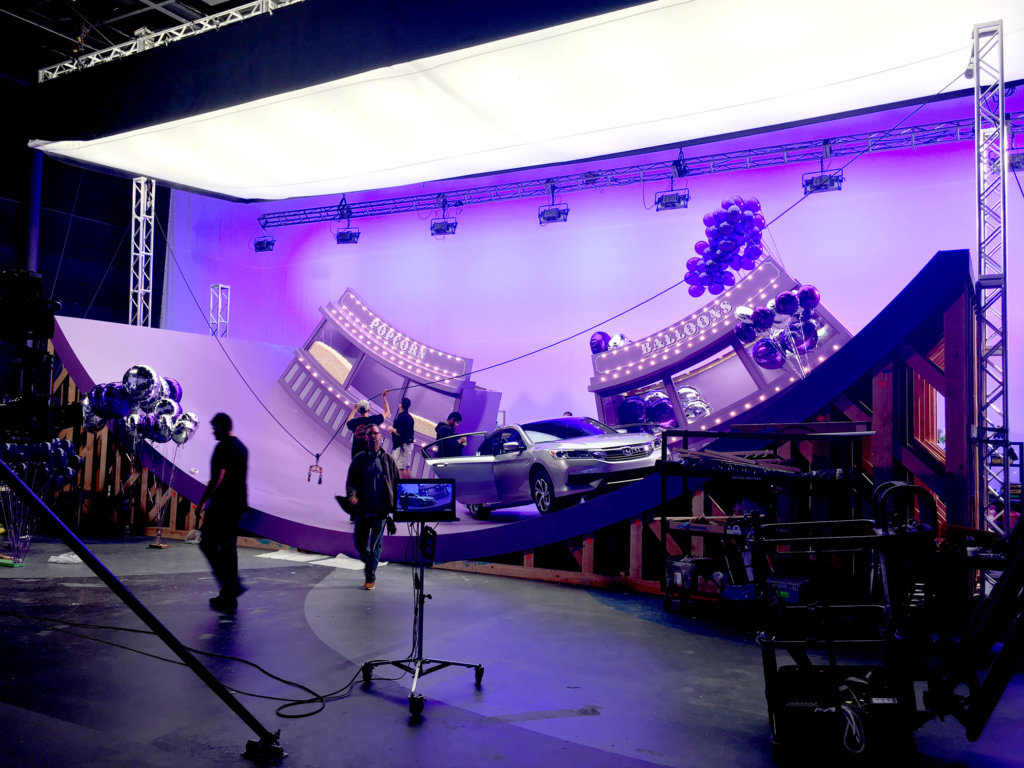
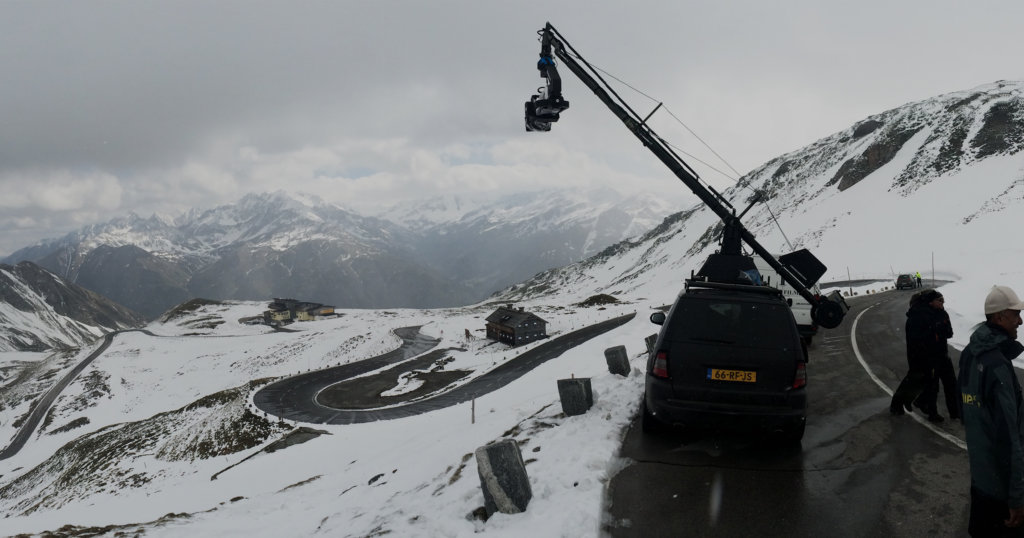
You’ve been at this for a while now. What’s the newest thing you’ve learned?
The newest thing I’m learning is not to use a green screen whenever possible. Obviously, there are times when it’s necessary, but I believe there is a certain beauty to how natural light interacts with a subject, and how someone looks when they’re standing in a real environment. Trying to replicate that by throwing a big green screen behind them and blocking the light? No matter how hard you try, it’s never going to look or feel as good as the real thing. I believe in letting the real world do its thing and figuring out where we fit around that.
